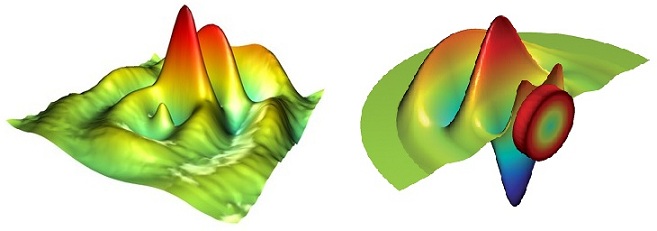
Coupled physics phenomena (like electrical heating, fluid structure interaction, and conjugate heat transfer) demand multiphysics, which I’ve written about previously in “What is Multiphysics?”. But what if you just have a simple analysis to do — one that has been simplified to the point where only a “single physics” (to coin a term) is considered? What benefits does multiphysics have for this?
Unifying Simulations
One direct benefit multiphysics provides is unifying simulation projects. Say you have a widget that needs mechanical, thermal, and electromagnetic simulations — yet all uncoupled. Having one multiphysics environment for multiple single physics puts your simulations in one place. There is then no need to switch between software or try to get uniform output. It’s all automatic if you’re using one multiphysics environment. You only need to be proficient in one software environment for geometry, meshing, materials, solver settings, and postprocessing. You no longer need to learn different workflows. It’s all right there.
These benefits are amplified when considering simulations performed in an organization. Efficiency is certainly increased when all participants in a large-scale analysis “speak the same language”.
Cross-pollination of Technology
Another huge, but somewhat hidden, benefit is the cross-pollination of simulation technology. Certain advances in one field can directly benefit another. Let’s take for example perfectly matched layers (PMLs). This was a technology developed to perfectly damp out electromagnetic waves propagating in an infinite domain. Previous to their introduction, engineers used various sorts of boundary conditions to approximately absorb the waves when they hit the end of a computational domain. PMLs completely changed the game because they did a perfect job of damping the waves (both theoretically and practically). Acoustic engineers quickly realized that what was good for EM waves was also good for sound waves. And PMLs have been a standard tool in acoustics and any other wave-based physics ever since. This sort of shared advancement is spontaneous in a software environment like COMSOL Multiphysics.

Left: Model depicting scattering from a dielectric object and the absorption of the scattered wave by PMLs.
Right: Far-field analysis of a piezo-acoustic device.
Inspiring Innovation
Finally, I’d also like to point out one more benefit of multiphysics: innovation. I squirm at using such a mushy term, but it’s warranted here. If your software environment is limited to a single physics, there’s no possibility of thinking “outside the box”. More precisely, you can’t take into account everything the real world throws at you. And if you’re in a competitive marketplace, this can mean the difference between success and failure.
So all in all, even if multiphysics is “not your style”, you might want to consider trying it on for size. You just might find the benefits make a big difference.



Comments (0)